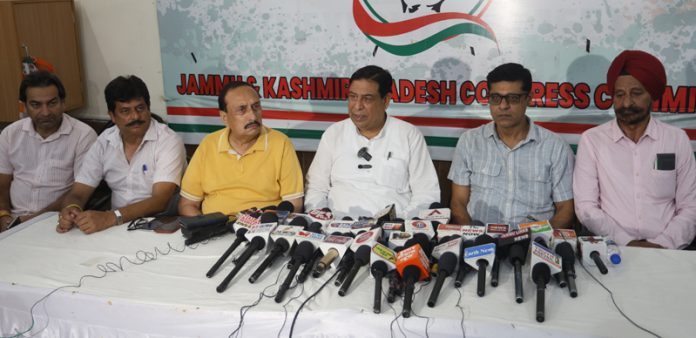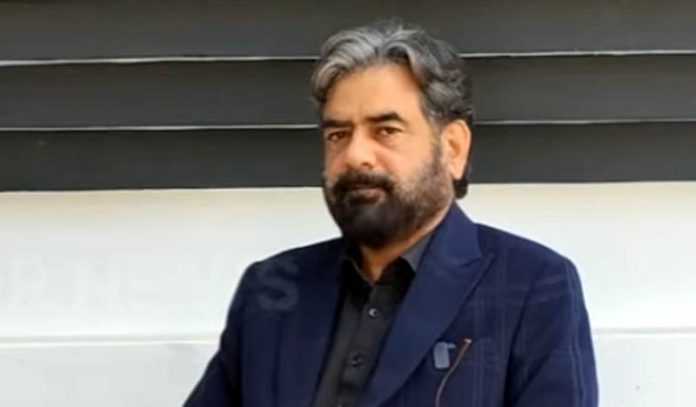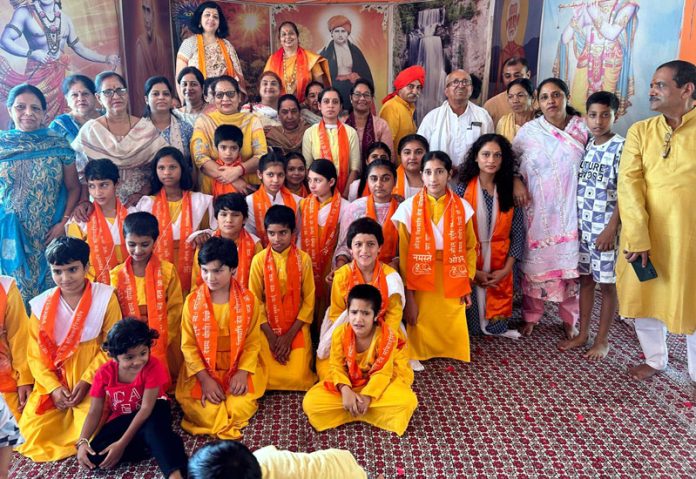
A tripod might seem basic, but its simplicity is its strength. In an age where drones, gimbals, and cranes dominate, it’s easy to forget the power of keeping your camera still. The composition becomes the star, allowing you to focus on framing and detail.
Sometimes, the camera doesn’t need to move to make an impact. Coming to you from , this insightful video explores how can transform your footage. McCaskill emphasizes the importance of composition over movement, comparing it to painting—think Bob Ross, but with a camera.

A static shot forces you to think about where every element in the frame is placed, helping you create visuals that draw in your viewer. He brings up Wes Anderson as a prime example, showing how the director uses precise, symmetrical framing to give each scene depth and character without needing to move the camera constantly. McCaskill breaks down some classic composition techniques, starting with the rule of thirds.
By dividing the frame into nine sections, you can position your subject in a way that adds balance and interest to your shot. He also touches on center framing, which keeps the focus on your subject by preventing the viewer’s eye from wandering. Another useful tip he shares is creating a frame within a frame—using doorways, windows, or even natural elements like foliage to add depth or a sense of confinement to your scene.
Tripods don’t limit you to just static shots. McCaskill explains how a good video tripod allows for controlled camera movement. With a fluid head, you can create smooth pans and tilts, introducing motion in a way that feels deliberate.
He points out that having the right equipment, like a tripod with adjustable tension, makes it easier to achieve cinematic shots. The video also touches on how other directors like Stanley Kubrick and Steven Spielberg have used static shots effectively. Kubrick’s long, still shots create an eerie sense of isolation, while Spielberg allows the action of his characters to fill the frame without needing constant camera movement.
Both directors demonstrate that keeping the camera still can sometimes say more than a moving shot ever could. Check out the video above for the full rundown from McCaskill. Alex Cooke is a Cleveland-based portrait, events, and landscape photographer.
He holds an M.S. in Applied Mathematics and a doctorate in Music Composition.
He is also an avid equestrian..










